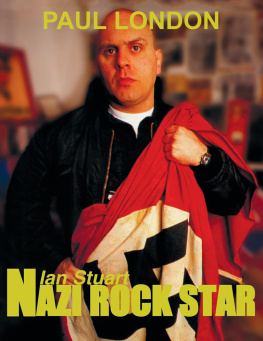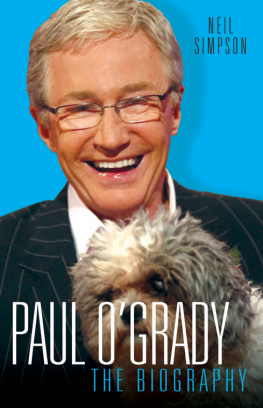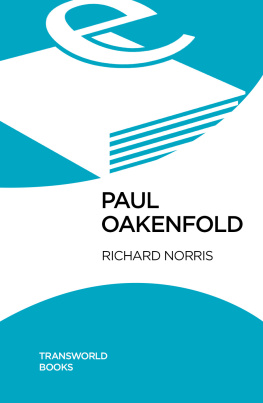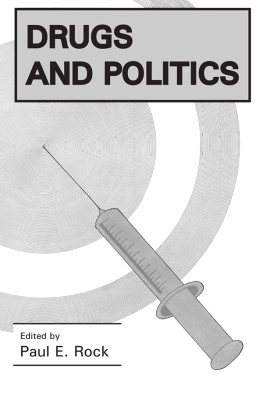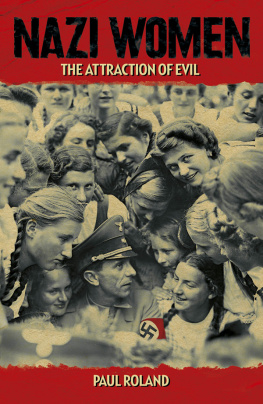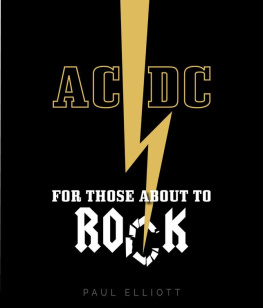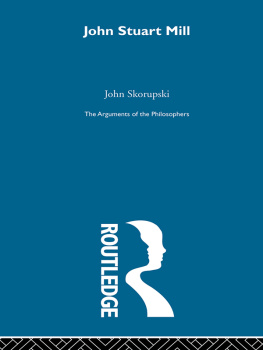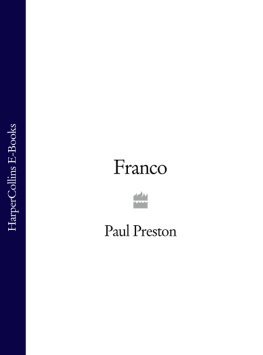
2015 Midgrd Records AB
Box 8, Alingss, SWEDEN
www.midgaard.org
ISBN: 978-91-982909-0-5
ISBN: 978-91-982909-3-6 (e-book)

Thanks to: The producers of this book for making it a reality in print.
Everyone that helped with information and photographs.
Anyone that donned Skrewdrivers blackshirts and made Rocknroll history.
Special Thanks to AB.
Mighty Thanks to the big guy and his girl for their faith and courage.
Contents
The Main Cast
| Ian Stuart | Singer | 1977 - 1993 |
| Grinny | Drummer | 1977 - 1978 |
| Phil Walmsley | Guitar | 1977 - 1978 |
| Kev McKay | Bass | 1977 - 1980 |
| Ron Hartley | Guitar | 1977 - 1978 |
| Garry Callendar | Bass | 1978 |
| Mark Radcliffe | Drums | 1978 - 1979 |
| Glenn Jones | Guitar | 1979 - 1980 |
| Martin Smith | Drums | 1979 - 1980 |
| Geoff Williams | Drums | 1982 - 1984 |
| Frenchy | Bass | 1982 - 1984 |
| Mark Neeson | Guitar | 1982 - 1984 |
| Adam Douglas | Guitar | 1984 - 1985 |
| Murray Holmes | Bass | 1984 - 1985 |
| Paul Swain | Guitar | 1984 - 1987 |
| Steve Roda | Bass | 1985 - 1986 |
| Scotty | Drums | 1984 - 1987 |
| Merv Shields | Bass | 1987 - 1989 |
| Jon Burnley | Drums | 1987 - 1991 |
| Martin Cross | Guitar | 1987 - 1988 |
| Ross McGarry | Guitar | 1988 - 1989 |
| Smiley Jon | Bass | 1990 - 1993 |
| Stigger | Guitar | 1990 - 1993 |
| Mushy | Drums | 1992 - 1993 |
Skrewdriver 1977 - 1993
Introduction
It was as a fourteen year-old Skinhead irchin that I first met Ian Stuart. The venue was the Last Resort Skinhead shop in East London. Mickey French, the shop owner, was doing his best to hype up the return of Skrewdriver - the original Skinhead band. Strength thru Oi was on the the shops turntable, booming out into the Sunday market, from strategically placed speakers the size of guitar amps. What struck me most was how approachable Ian Stuart was.
Courtessy of speaking to two guys, who looked like something out of a Charles Dickens novel, known as the twins, I was able to attend the Back with a Bang return gig at Londons One Hundred club. As well as working at the Last Resort, the two were also on duty at the door of the club - and whilst doing my best to look eighteen I would have never got in without them recognising me from the Resort.
I had been to gigs before, and while they too had been filled with racist Skinheads - this was something else. Instead of playing down the politics of those assembled before him - to the contrary Ian Stuart publicly encouraged it. Where bands like The Business and the Four Skins felt embarrassed - it was something Skrewdriver thrived on. For years of Skinhead groups watching their words, Skrewdriver were now saying what they wanted with a two finger salute to anyone who dared to argue.
Over the preceding years It was not only the music that I grew to know, but the man himself. His enthusiasm and character was infectious. He truly did make you feel that there was a purpose to it all. That one day we would win.
From a purely Skinhead point of view it was totally refreshing. Skinheads had always been racist to some degree or another, but the politicians of the right had viewed them as an embarrassment or front line cannon fodder. Here was a guy just like the other Skinheads, with a respect for his bootboy brethren. And for the first time it felt like they were calling the shots.
Most groups would have fallen at the first hurdle if they had faced the highs and lows of Skrewdrivers first venture into rocknroll in the heady days of Punk in the mid seventies. If anything it actually strengthened Ian Stuarts appetite.
The second boom between Nineteen eighty-two and Nineteen eighty-four was amazing in that we were witnessing a system in total shock. The electrifying power of Skrewdriver playing live was lighting up a music world that was swamped with mediocre bland songs and singers. And when White Noise records cut its first vinyl - the waiting world certainly wasnt ready for White Power.
The next real era of prominence came between Nineteen eighty-seven and Nineteen eighty-nine when Skrewdriver threw off the shackles of the National Front and started up the more radical Blood and Honour organisation.
All through the turbulent years of Ian Stuarts career he never lost his sense of purpose, or his sense of humour. Those who were fortunate enough to share a drink with him would, no matter what their political leaning, tell you what good company he was.
In the Rock Against Communism scene throughout the world Ian was respected and admired. Never once was he in danger of losing his throne, but yet to meet him you would find a level headed guy, unselfish and charming with it. There were of course other bands on the arena who were more than proficient in what they did, but they seemed happy with the status quo. It was a unity of ideals, one in which the other bands were always going to be fighting for the number two spot.
As the world closed its doors to RAC so the movement created its own identity and fiercly defended it. The downside of this was found in record reviews in the various Skinhead fanzines. Because it was felt that to even get this material released was such an immense achievement they felt compelled to rate everything ten out of ten. To criticise would be to betray.
For this reason I expect those still active in the scene to be uncomfortable with some of the contents of this book. I have set out to record events exactly as I see them. I see no need to sugar coat anything. In a fantasy world Ian Stuart rode a charriot of gold shooting Communist-crushing bolts from his swastika shaped guitar. In reality Ian Stuart was a uniquely talented and courageous man. But not everything he touched turned to gold, for instance some of the recordings made in his latter days were somewhat sub-standard in comparison to the quality he produced in the mid-eighties, but the good by far out weighed the average.
Whatever you think about this book I hope you will realise that it is a story of great importance in the history of Rocknroll and rebellion. There is no other agenda with this book other than to tell the story as it is.
Paul London
The Truth Shall Set You Free.
Chapter One
Wheres it gonna end?
Born on Sunday the eleventh of August Nineteen fifty-seven, Ian Stuart Donaldson began life in Carleto, a quiet Blackpool suburb. Carleton is situated just a few miles from the bright lights of the golden mile, Lancashires most popular sea front. The Donaldson's, who partly descend from Scotland, owned a tool making business. This enabled them to live in a three-bedroom semi in an affluent part of town.
Living just two doors down from the Donaldson's house in Hawthorne Grove were the Grintons. Their son John became friends with Ian at the early age of two. The pair went on to share many adolescent adventures together.
Next page
